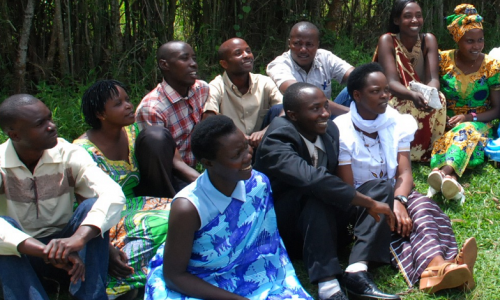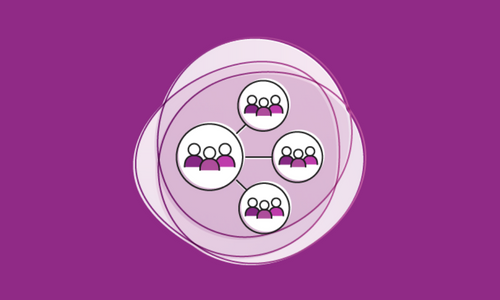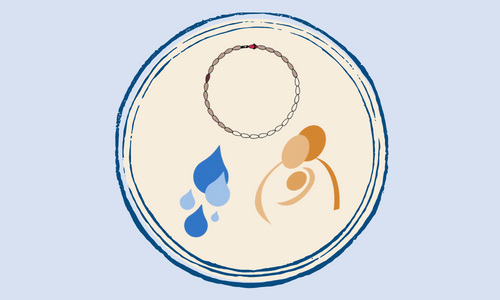The Importance of Market Validation for mHealth Interventions
[Originally posted on the K4Health Blog here]
How does the “market” play into mHealth interventions for global health and development?
Last week at the mHealth Summit, I had the privilege of attending the panel From Starting to Sustaining: Models for Low-and Middle-Income Countries. As a social scientist and public health professional, I understand basic math and statistics, but working in a nonprofit environment, business and market value doesn’t always make the most sense to me. Alexis Ettinger from CycleTel™ at Georgetown University explained the need for market testing and validation for mHealth products and services. With government funding, we often don’t think about the market and how it might be a good place to turn to see the feasibility of introducing a new project or product in an emerging or developing country.
CycleTel™ is a mobile based opt-in SMS tool that follows the Standard Days Method® (SDM). SDM is a fertility awareness-based family planning method that is based on avoiding unprotected intercourse on 12 specific days around the middle of the women’s fertile cycle. A customer would opt-in by sending a shortcode to a number and then providing the system with her menstruation start date. Throughout the month the customer receives alerts during her fertile days each month indicating when she should avoid unprotected sex.
Ettinger and her team were interested in pilot testing CycleTel™ in New Delhi, India. They wanted to see if their product was viable in a market environment. The categories they were interested in testing were the product desirability, feasibility, and financial viability.
The test was a twelve week intervention with about 7,281 households, of those 4,800 had phones and roughly 10% enrolled in the program. There was an initial trial period for one month and the subsequent months cost participants 30 rupees each. After the trial period ended, 79% of study participants paid for the app, however after a month or two, paying participants dropped off and retention was only 21%.
So what did this mean? It meant that the product, though it was desirable, was not financially viable or feasible because retention was very low. Some things Ettinger and her team realized from the pilot were:
- Women weren’t always the sole owners of mobile phones and were sharing with husbands and in-laws. Many didn’t control the household money, so once it had a cost, women were unable to get money to pay for it.
- The cost of the product didn’t take into account hidden fees associated with financial transactions and thus was not enough money to even cover the cost of the product let alone make a profit of any kinds.
The value of the market validation exercise was that it really helped the program decide if CycleTel™ was really something that would be sustainable and feasible in the market. The way they were doing things would not work as is. The analysis closed some doors, but opened a lot more possibilities in terms of how they might move forward to make a market viable product, such as multiple revenue channels or incentive-based sales models instead of consumer market-based.
As K4Health moves forward we are always looking for ways to improve how we share information and reach more people. Sustainability is something we always think about, especially when working in low-resource settings. Ettinger talked about checking your assumptions early to avoid investing too much into something that could easily fail. These lessons with mobile are important to everyone thinking of adding a mobile component to their projects.
 Where We Work
Where We Work  Press Room
Press Room  FACT Project
FACT Project  Passages Project
Passages Project  Learning Collaborative
Learning Collaborative  Search All Resources
Search All Resources  Social Norms
Social Norms  Fertility Awareness Methods
Fertility Awareness Methods